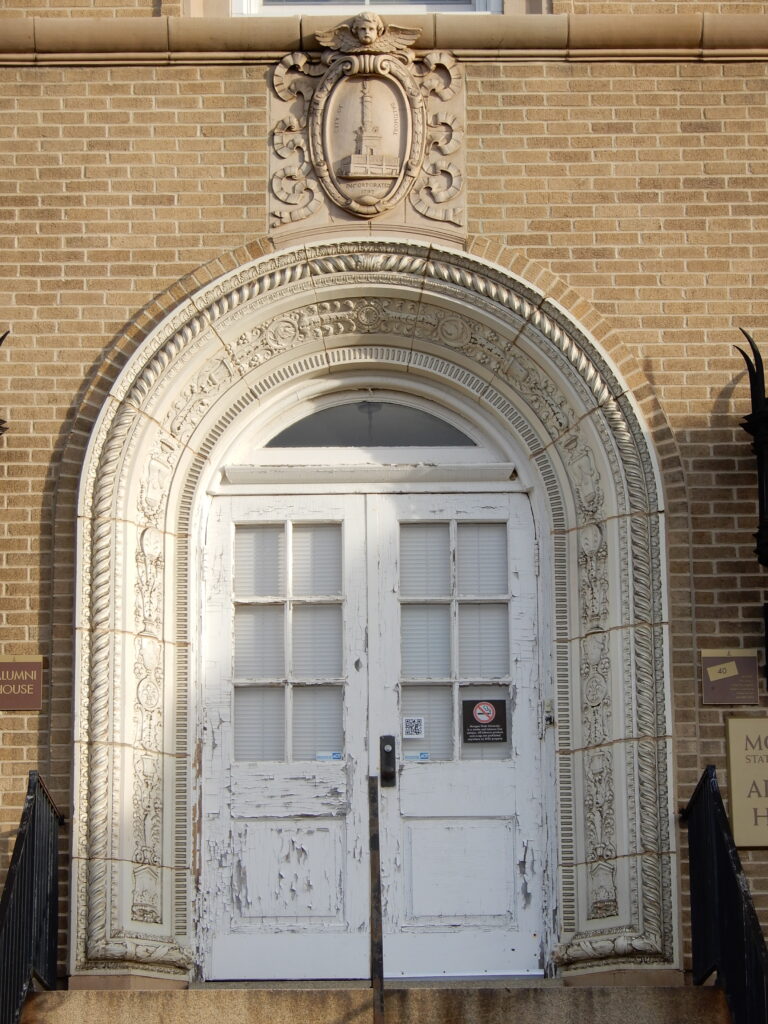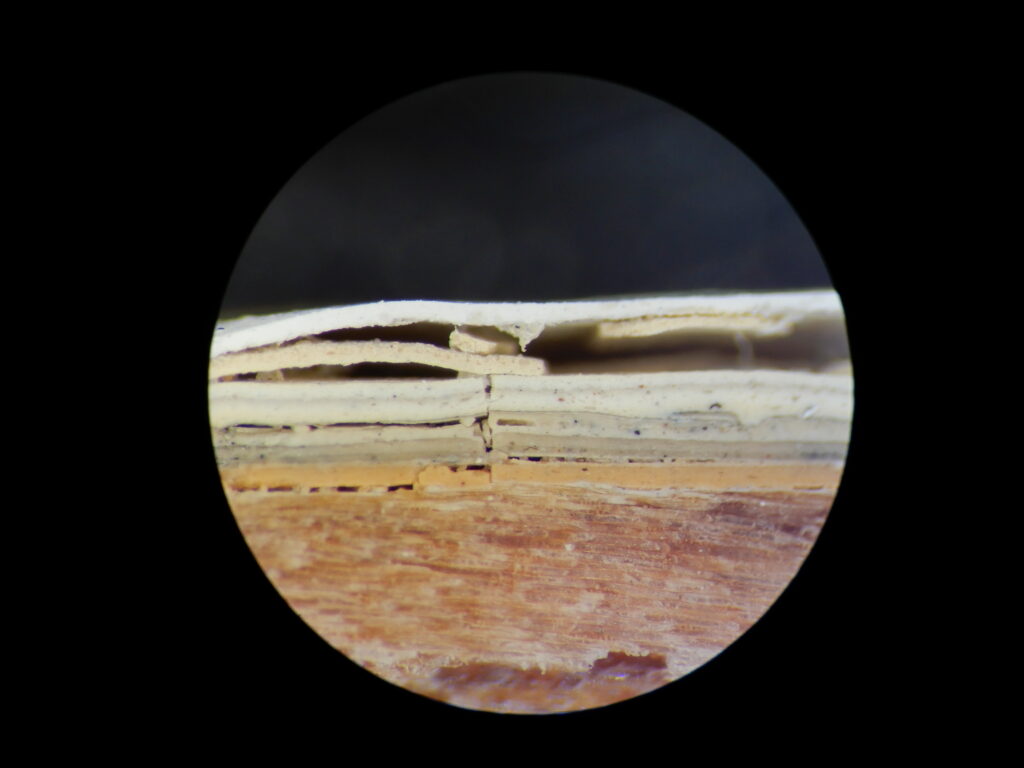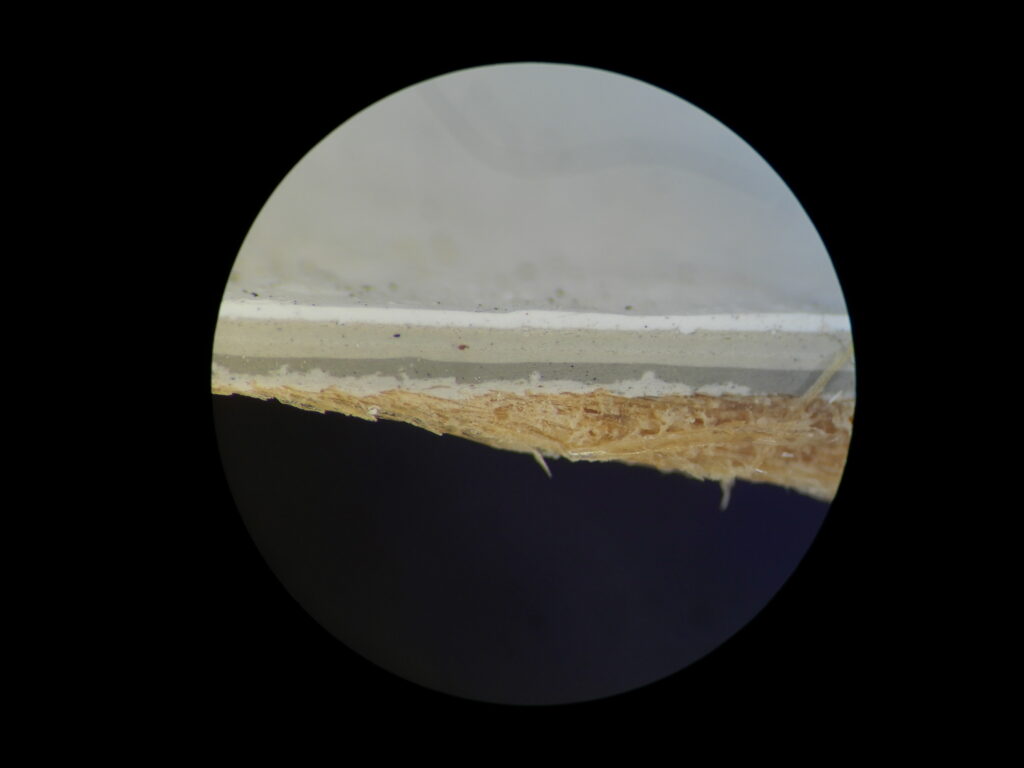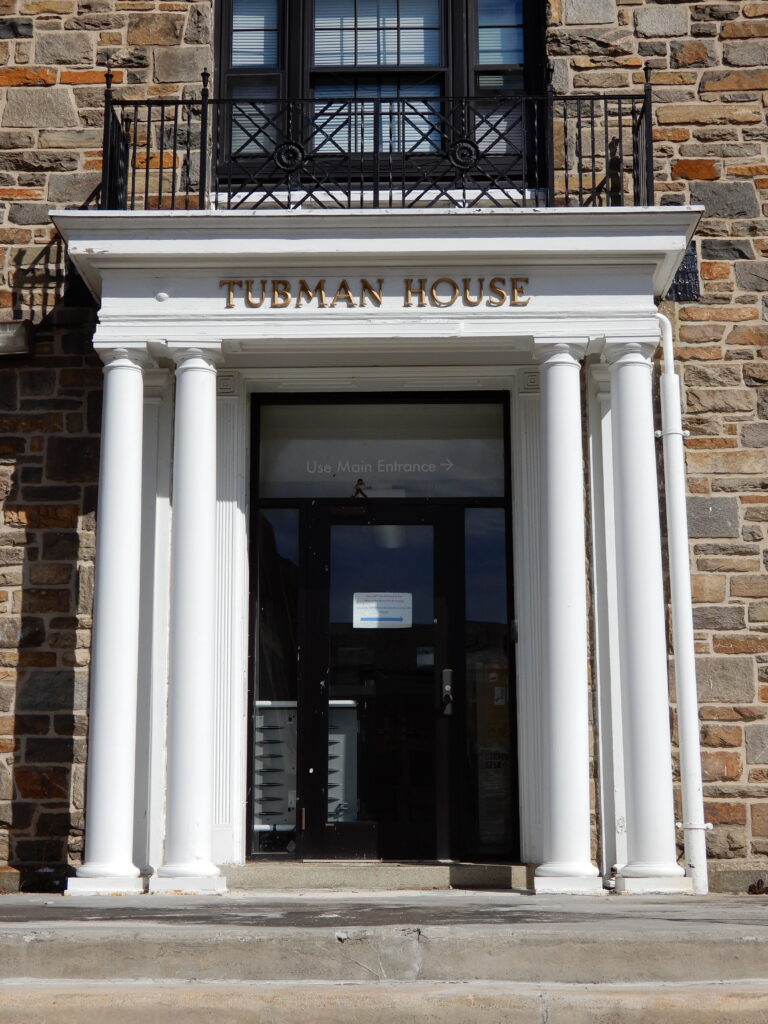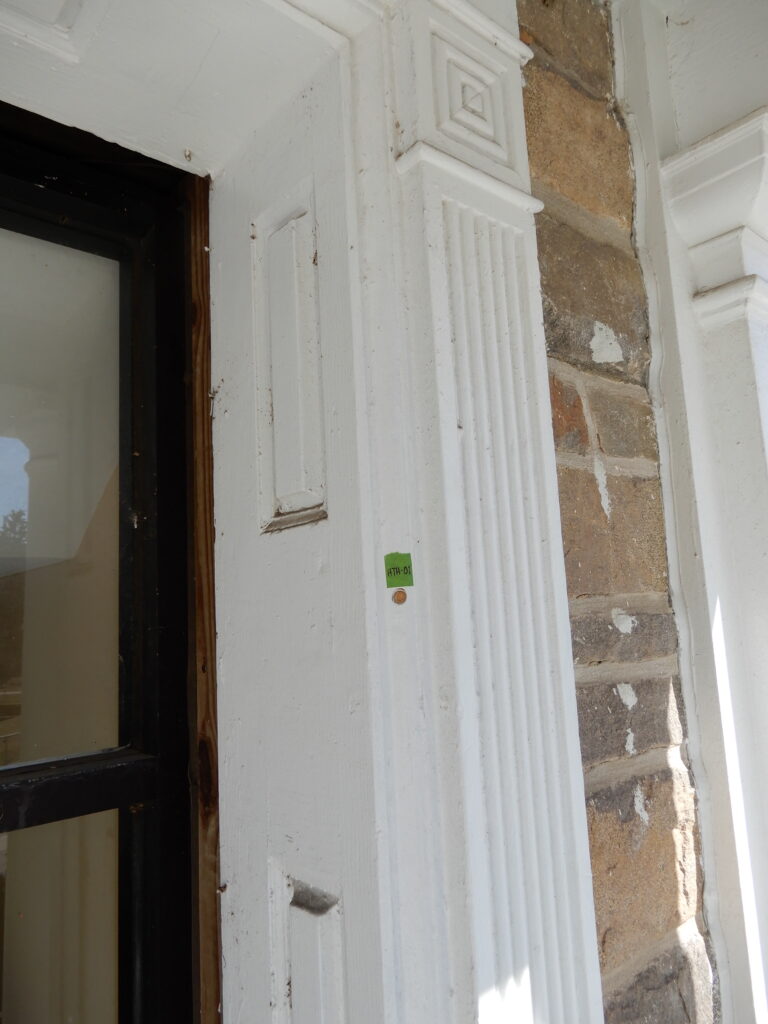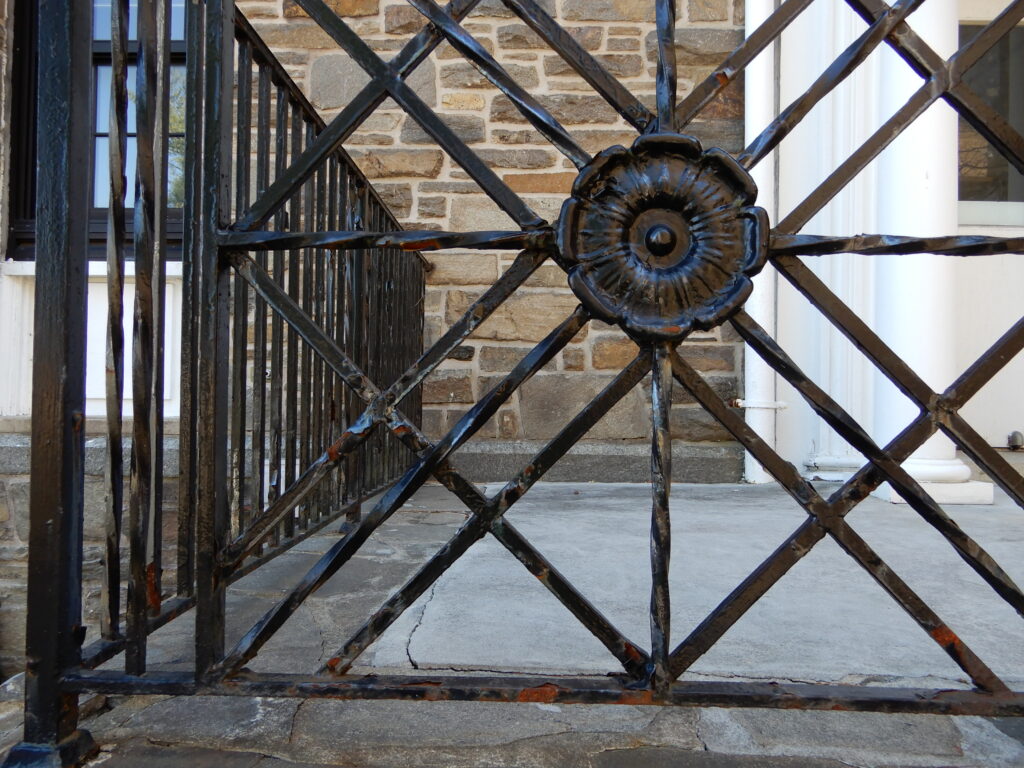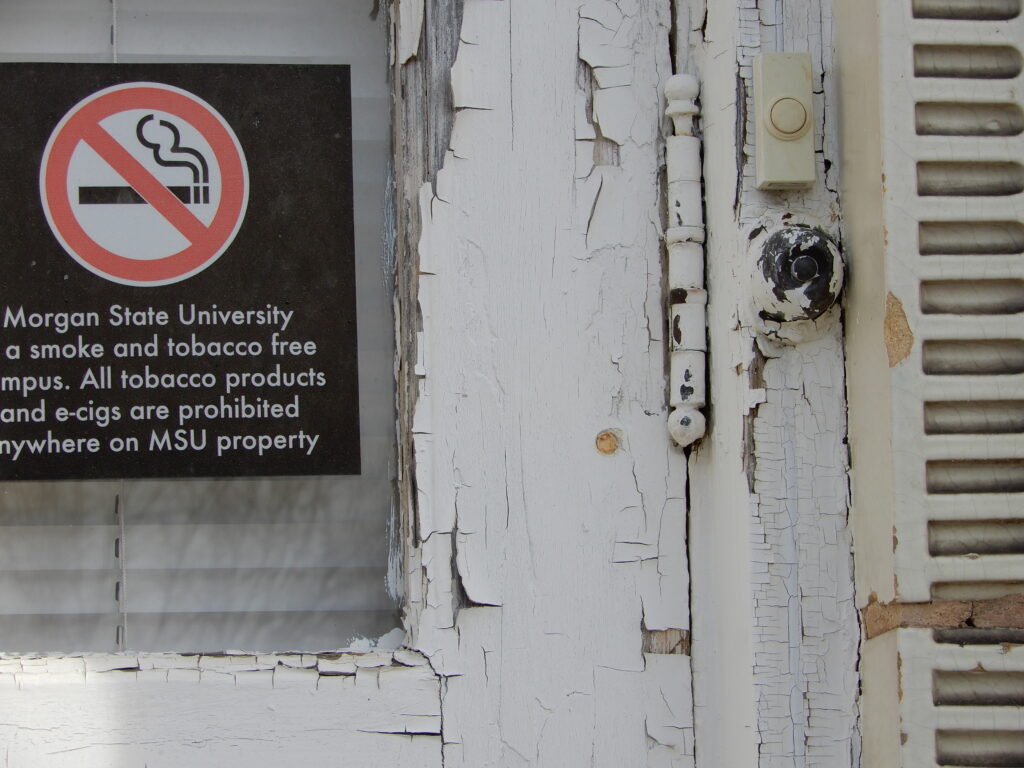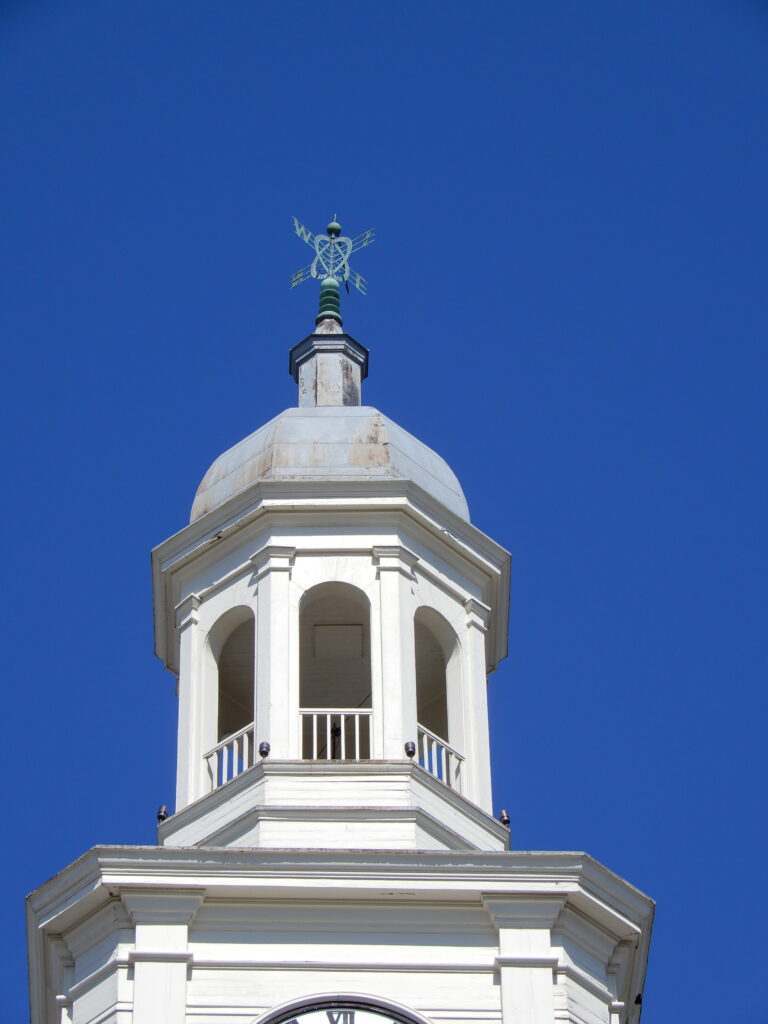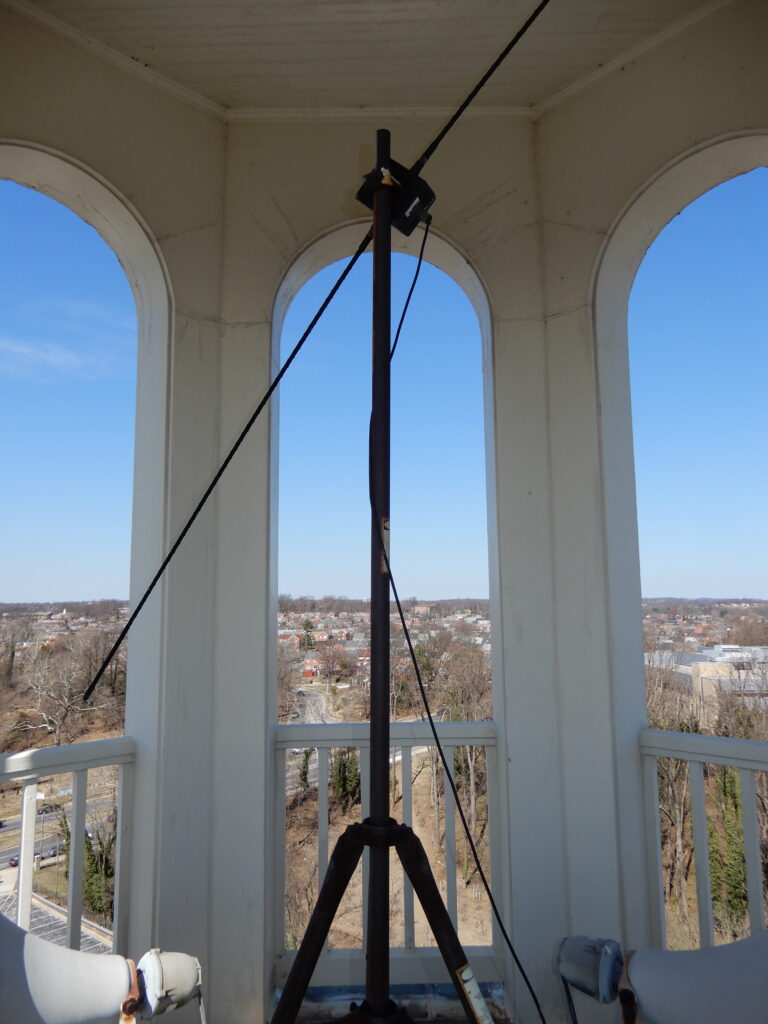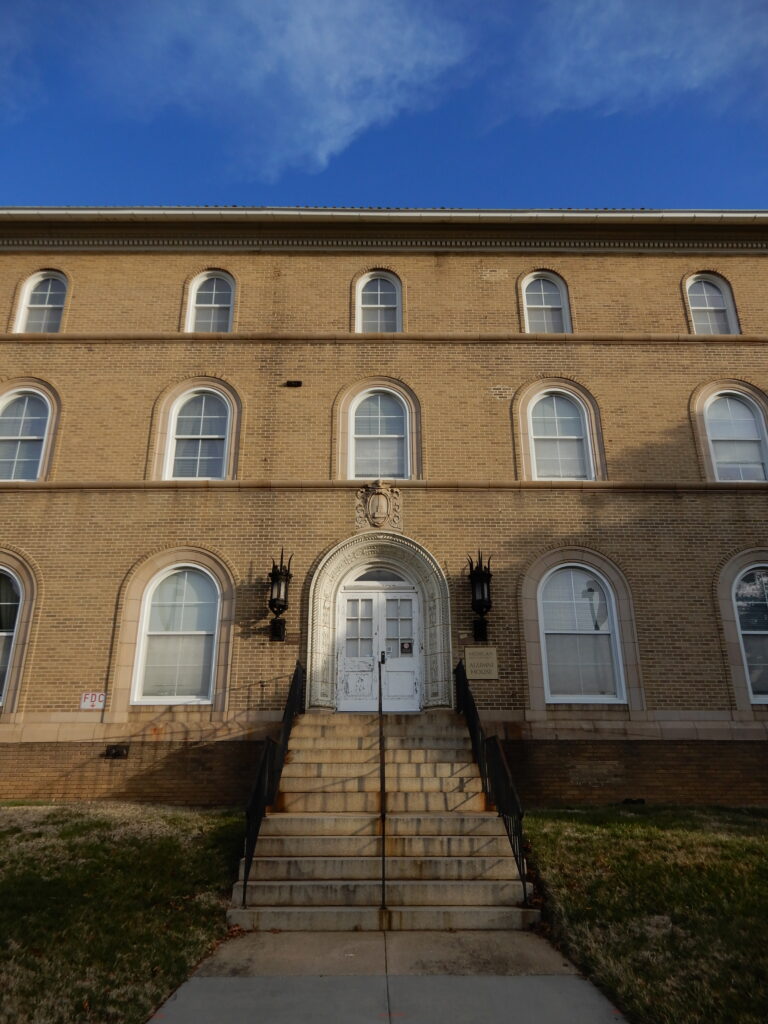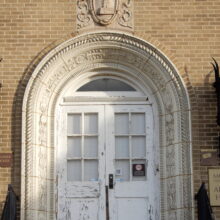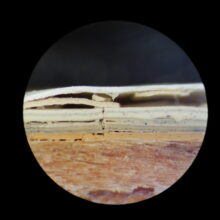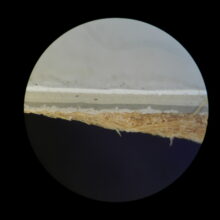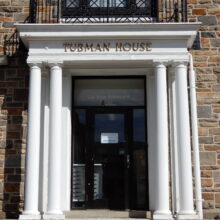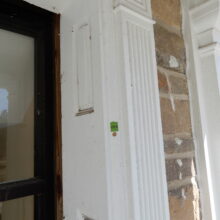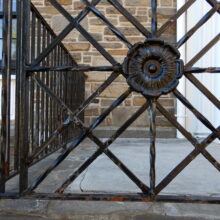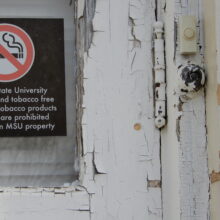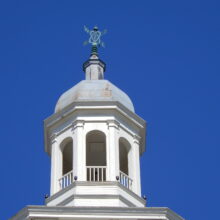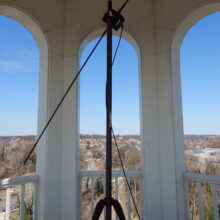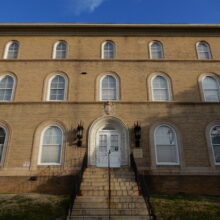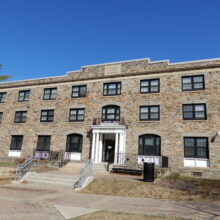Morgan State University
Morgan State University in Baltimore, Maryland was originally founded in 1867 as the Centenary Biblical Institute, whose original mission was to train young men in ministry. In 1890 the school was renamed Morgan College and broadened its mission to educate both men and women as teachers. In 1915 Andrew Carnegie gave the school a grant for the purchase of a new site for the college and the construction of a central academic building. The school moved to its present location in 1917.
In the ensuing century, the campus expanded as the school came under the purview of the State of Maryland as Morgan State College in 1937 and then Morgan State University in 1975. the campus was further enlarged by the acquisition of Montebello State Hospital buildings in 1996. Morgan State University is recognized as one of the preeminent Historically Black Colleges and Universities (HBCU) in the United States. On May 3, 2016, the National Trust for Historic Preservation (NTHP) named Morgan State University a National Treasure, initiating a partnership between the University and the NTHP to develop a reservation plan for historic buildings of the campus.
EverGreene was retained by Leo A. Daly to investigate exterior painted finishes of selected historic buildings on the campus of Morgan State University. The purpose of the limited finishes investigation is to support ongoing maintenance efforts by identifying historic paint colors for the buildings in the project scope. The primary objective was to identify original paint colors for ten historic campus buildings constructed between 1920 and 1952. A secondary goal was to infer whether a unified paint color scheme existed in the Historic Academic Quad in 1949, when Holmes Hall, the most recent historically significant building in the complex, was constructed. EverGreene conservators examined existing conditions and historical photographs, as well as collected samples and performed microscopic analysis.

